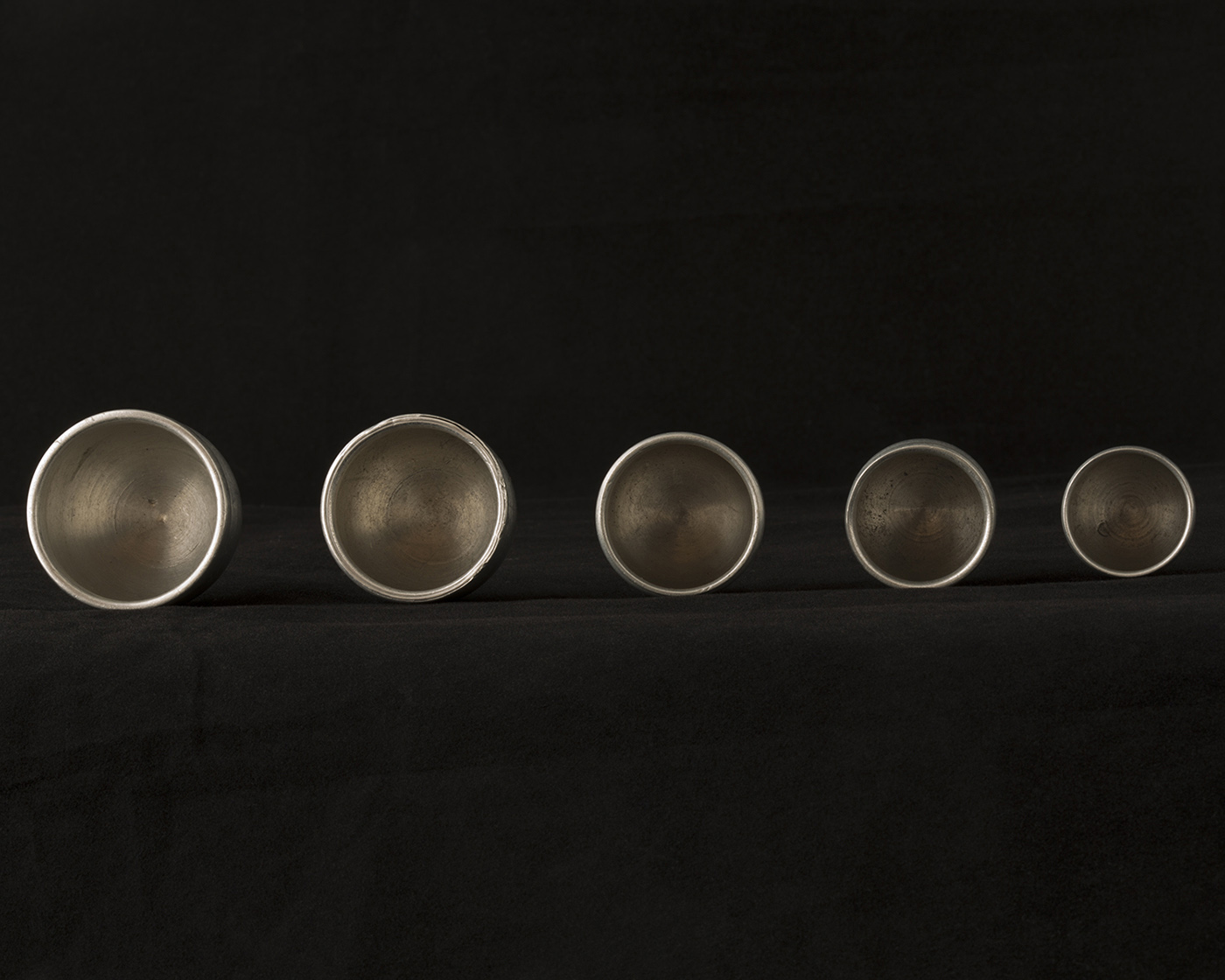






Artist's Statement
Lindsey Beal
Parturition is a photographic archive and written history of obstetric and gynecological tools: their appearance, development, and how they have or have not changed. Obstetrical and gynecological history is full of contradictions and complications. Medical history has been fraught with racism and sexism—tools were often forcibly tested on the poor, the enslaved, and sex workers. Conversely, without these improved tools, many women would have had to deliver unwanted pregnancies or died in childbirth. On the one hand, male doctors interceded into the female realm of midwifery and delivery; on the other hand, doctors saved the lives of women and infants in delivery.
When I set out to photograph these items in various medical libraries, I expected to find gruesome tools; instead, I often found early forms of implements still in use today such as forceps and speculums. Some were created pre-germ theory and used materials such as leather, wood, horn or ivory. Others more closely resemble and use materials familiar to us today.
By photographing the tools digitally and printing them to replicate twentieth century glass educational slides, I intend to connect historical uses and developments with contemporary tools and practices. This allows us to examine how women's reproductive health and medicine evolved, yet still remains the same.
This project was made with the assistance of the Duke University History of Medicine Travel Grant. Parturition would not be possible without the assistance of the librarians and staff at Brown University’s John Hay Library, Duke University’s David M. Rubenstein Rare Book & Manuscript Library, Harvard University’s Countway Library of Medicine and Yale University’s Cushing/Whitney Medical Library.


